Standing on the front of the boat, it felt somewhat like a “Titanic” movie moment. Arms outspread, breathing the fresh sea air, I was filled with exhilaration and excitement to be out in the water on our 300-person tour boat to see the incredible engineering marvel on our cruise through the Panama Canal.
Ron had reserved our cruise months before, a journey that would take about 8 hours to go ocean-to-ocean. After the cruise, we would ride a tour bus back to Panama City. Although there are tours cruises that go half the distance and are several hours shorter, we wanted to experience the entire Panama Canal. Our day started at 6:15 am when the shuttle driver picked us up and ended at 8:00 that night. It was a tiring day but was so worth it!
The Panama Canal continues to be a major revenue generator for the country’s economy. Not only is it a top-of-the-list tourist attraction but the line of waiting vessels in Panama City’s Banderas Bay shows that it continues to be a major route for inter-seas travel.
However, after our cruise through the Panama Canal, we walked away knowing that it’s more than a tourist attraction and an access through the tropical isthmus of Panama.
It is an engineering marvel that, without seeing it for ourselves, we never could have comprehended the magnitude of the difficulties in building it.
The Morning of the Cruise
On the morning of our cruise with Panama Marine Adventures, our shuttle driver took us to the Flamenco Island Marina with the beautiful waterfront vista of Panama City just across the Bay. Although we weren’t scheduled to leave the marina until 7:30 am, staff members were already busy preparing for the excursion because if, for some reason everything wasn’t ready, too bad. Our timeslot would have been filled with another ship.
After the deep-sounding whistle blew to signify our departure, we slowly headed towards the Bridge of the Americas which is the beginning of the Canal on the Pacific side. Ships anchored in the hazy distance and waiting patiently for their turn in the passage, we felt privileged to go to the head of the line.
As we picked up speed, we were followed closely by a tanker on one side and a smaller boat on the other. We learned that they had been grouped with our tour boat to cruise through the locks.
Throughout the day, our guide would intermittently provide us with details on the history and construction of the Canal. It’s always interesting to discover new information about a place, and here are just a few things we learned on our cruise:
- The average wait time for ships to go through the Canal is 24-hours. And that’s after they’ve been put on the schedule, passed security inspections, and paid the toll fee.
- The cost of our tour boat to cruise the Canal was $4,000, whether it goes ocean-to-ocean or turns around at the half-way point. The most expensive toll ever paid to the Canal for one ship is $1.2 million. The cheapest toll ever paid is 36 cents, paid by Richard Halliburton back in 1928 when he swam the Canal. The current average toll is about $120,000.
- The Canal has three sets of locks necessitated by 85-foot tidal variations in the Atlantic and Pacific Oceans. Without these locks, ships would be like humongous toys navigating through on a series of uncontrolled rapids.
- Each set of locks has two or three chambers, and each chamber takes 8 minutes to fill or drain. At one point, we saw several vehicles cross on the road right in front of our lock that was in the process of filling with water! Can you imagine driving a car where huge boats and ships are in the lock next to you! It was amazing, too, that the road pavement was dry!
- Speaking of locks, another amazing fact is that the original gates are still operational since the time the Canal first opened in 1914.
- The cement walls lining the Canal are 50 feet to 60 feet thick and they contain no rebar, since rebar was not yet used in construction.
- Ships and boats are grouped according to weight and size so that they can go through the canal together. This strategy conserves water and reduces the wait time for ships in the queue.
- The building of the Canal was exceedingly difficult and dangerous because of climate and terrain. Besides venomous snakes, toxic insects, crocodiles, and other jungle creatures, Panama receives an average of 190-inches of rainfall per year.
- Although the Suez Canal is more than twice the length of the Panama Canal, the Suez has no locks and charges higher tolls than the Panama Canal.
- Large shipping vessels are built specifically to fit the size of the Canal.
A Brief History of the Canal
Several attempts were made to find ways to cross the isthmus of Panama, including Spain, Scotland, and France. But they all failed in their efforts due to rugged terrain, flooding, and a high death rate, giving Panama a reputation for being one of the worst countries in the world at that time.
After the French went bankrupt and completely abandoned the project in 1904, the Americans took it over. And the Americans knew they had to have a different plan than what the others had used if they were going to be successful.
Their Pre-construction Planning
Even before designing the Canal was started, American architects, machinists, inventors, and engineers were focusing on challenges the French had encountered during their previous efforts.
One of the problems was that machinery didn’t yet exist that could do a massive excavation project through swampy jungles or the rugged Continental Divide. Even before the US began digging, newly designed stem shovels, earth movers, rock crushers, and numerous types of hydraulic equipment had to be designed and were then built specifically for the project in Panama.
Other significant threats to the country were the massive flooding and the lack of proper sanitation, clean water supplies, plumbing and electricity.
Through a team of coordinated efforts, two man-made lakes were designed and built to capture rainfall and minimize flooding. In addition, a hydroelectric dam was built to provide electricity for the Canal and the surrounding cities and towns. These additional projects ensured the most efficient use of natural resources as well as cost-cutting methods of continued operation for the Canal, and they also provided significant home and work improvements for the people of Panama.
The Canal project needed a way to move the mountains of rock and sludge away from the construction site, so it was also determined that a complete railroad system needed to be built. Although the laying down of tracks was an exceeding tough job because of the swampy unstable ground, it was instrumental in making sure the Canal was completed on time.
Trains would run 24 hours a day to remove the more than 170,000,000 cubic yards of excavations away from the construction site and into the edge of the Pacific. Today, these excavated beginnings are an outdoor recreation area known as the Amador Causeway.
An Humanitarian Effort
During the first several years the US had taken over the Canal project, the sole focus was not just on infrastructure, excavation, and construction. Millions of dollars were spent on humanitarian efforts to improve Panama’s standards for health and sanitation.
Hospitals and clinics were constructed in cities and towns. And healthcare researches were able to discover remedies to fight off typhoid fever and malaria, the main causes of death in the country of that time.
In order to attract workers to the massive developments, neighborhoods and towns were revitalized or built from scratch for Canal workers and their families. These neighborhoods, complete with homes, schools, recreation centers, stores, and hospitals, brought wealth to Panama’s economy and the country began to flourish.
Panama City Today
Panama City is a tropical mega-city with an international flair. Specialty cuisine, luxury hotels, and high-end shopping are representative of the country’s prominence in financial industry. Yet the cultural diversity of the local population, with roots from every corner of the world, is evident in their acceptance towards visitors.
Older Panamanians, especially, remember the opportunities afforded their parents and relatives because of their employment in some capacity with the Canal. Because of this, many of them feel a connection to Americans who visit or live in the country. Although the US has made such a positive impact on their country, the resourceful Panamanians continue to make their country what it is today – a logistical powerhouse.
A cruise through the Panama Canal would be a fitting item for anyone’s bucket list, it is an excellent opportunity to go back in time.
“Twenty years from now you will be more disappointed by the things you didn’t do than by the ones you did do. So throw off the bowlines, sail away from the safe harbor. Catch the trade winds in your sails. Explore. Dream. Discover.” -Mark Twain
Follow us on social media!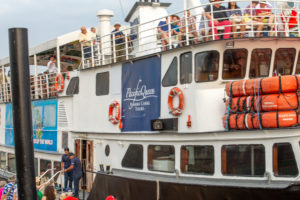
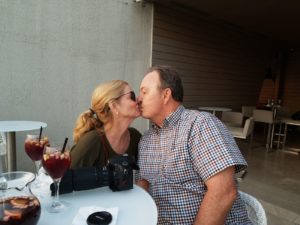

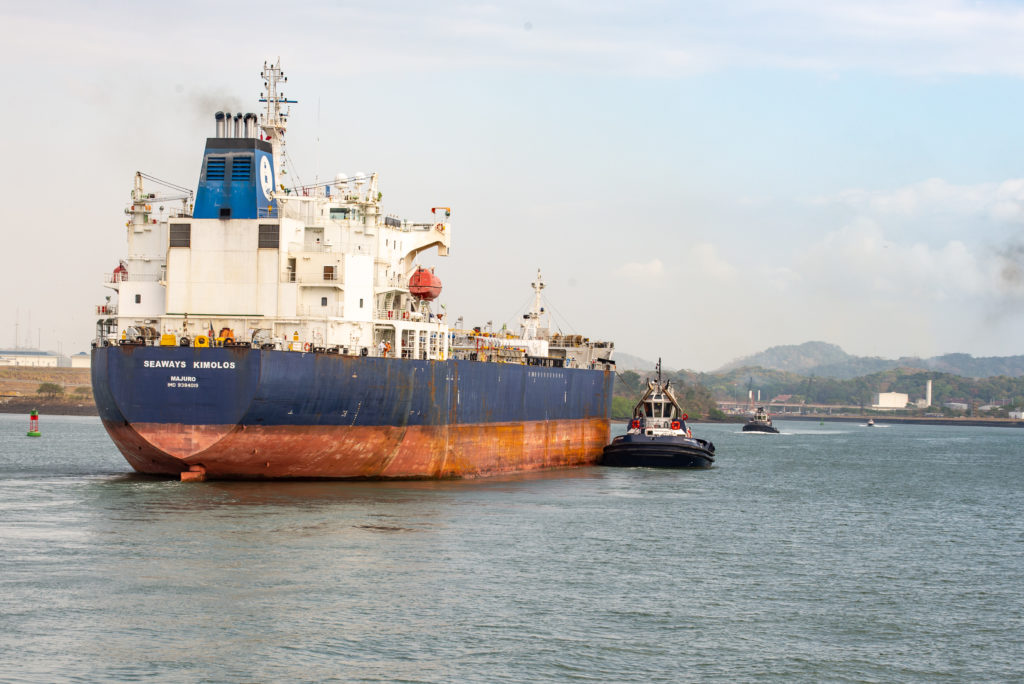
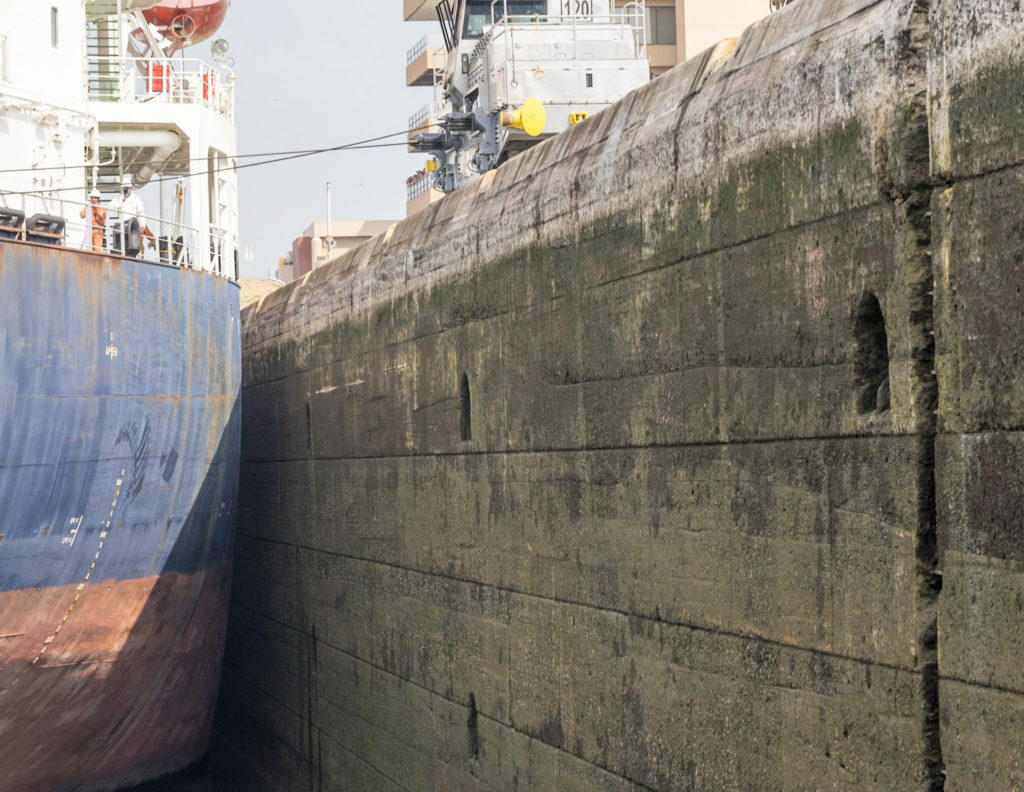
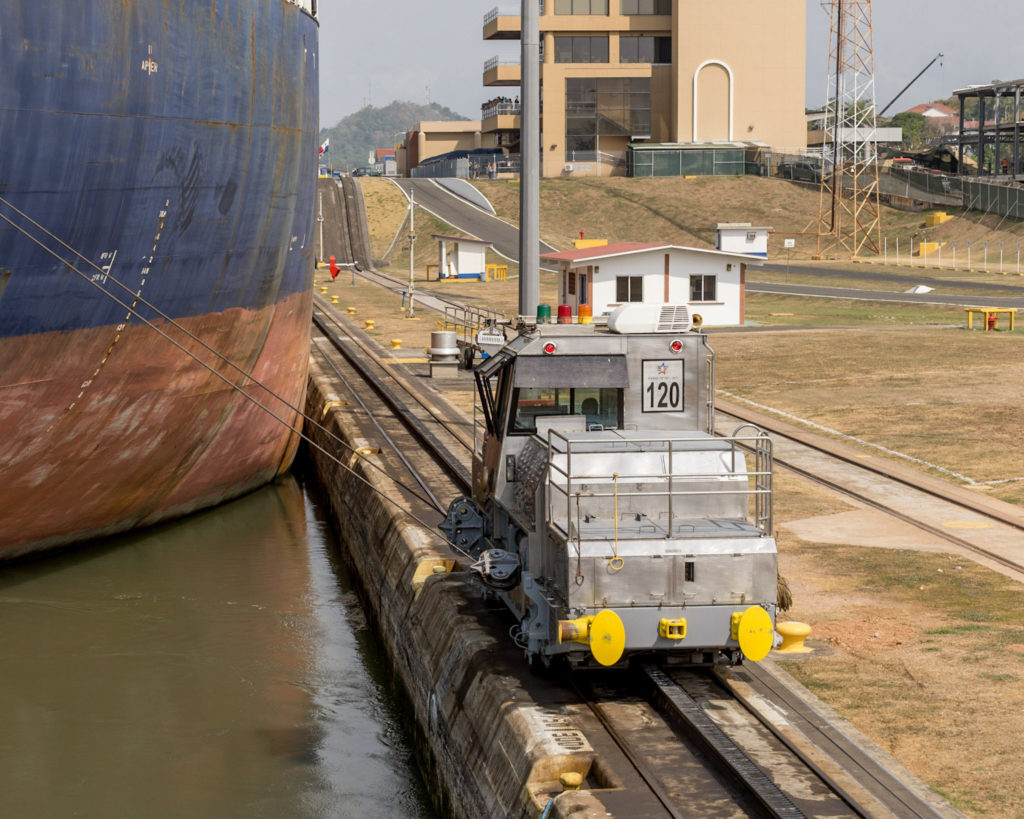
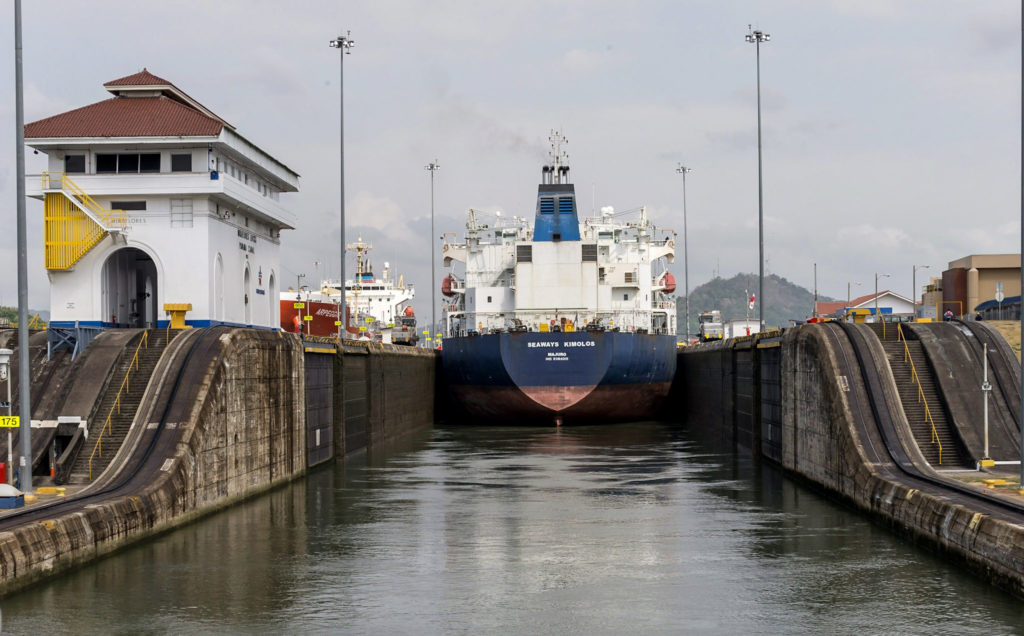
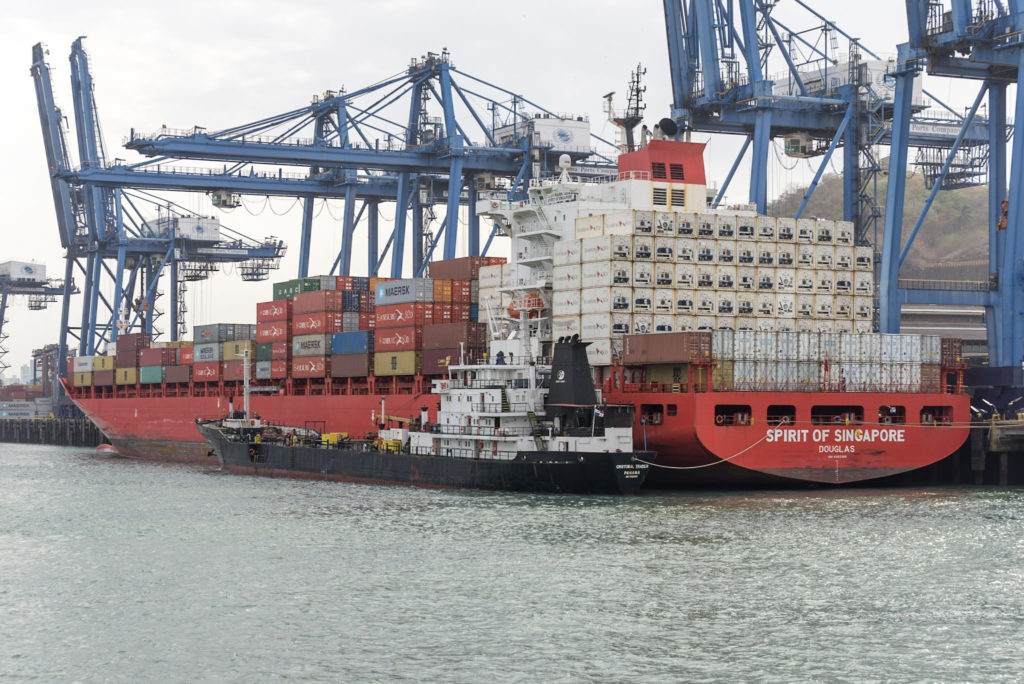
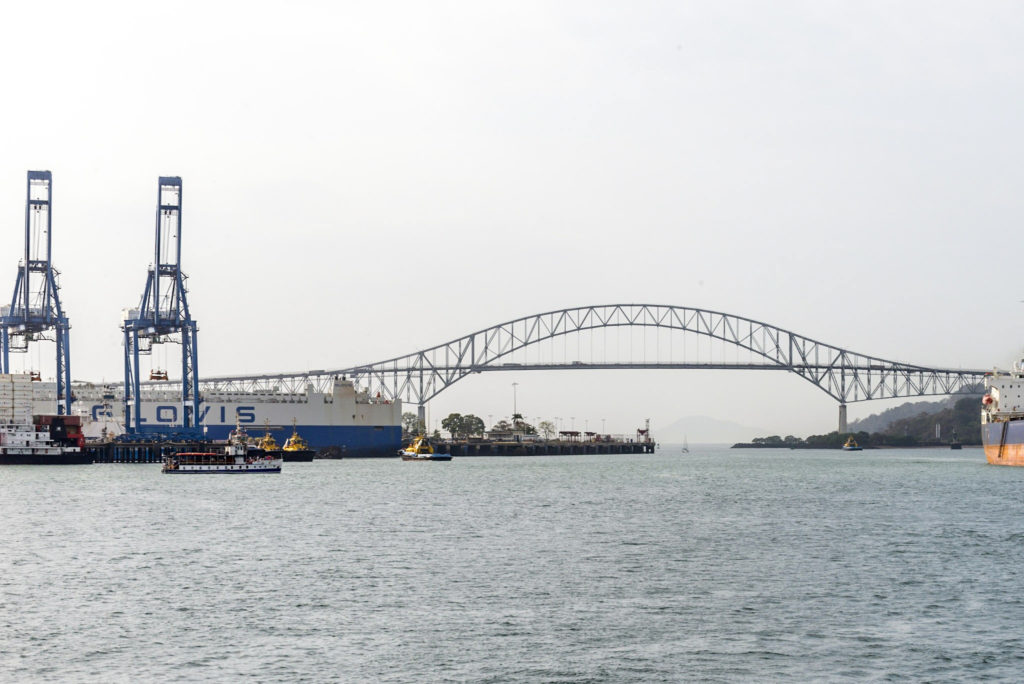
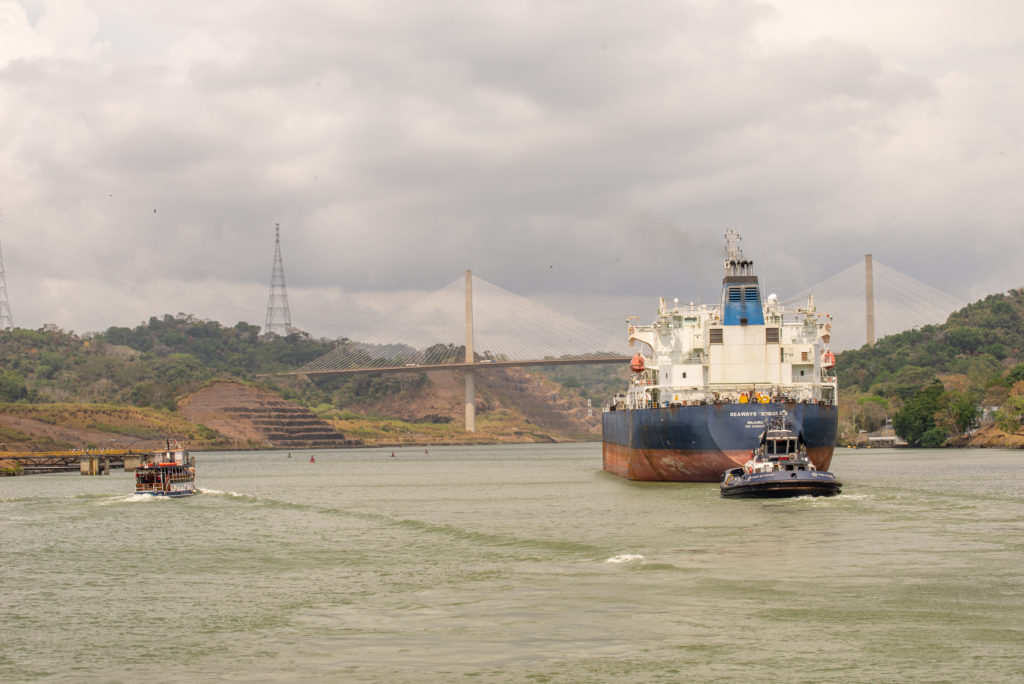

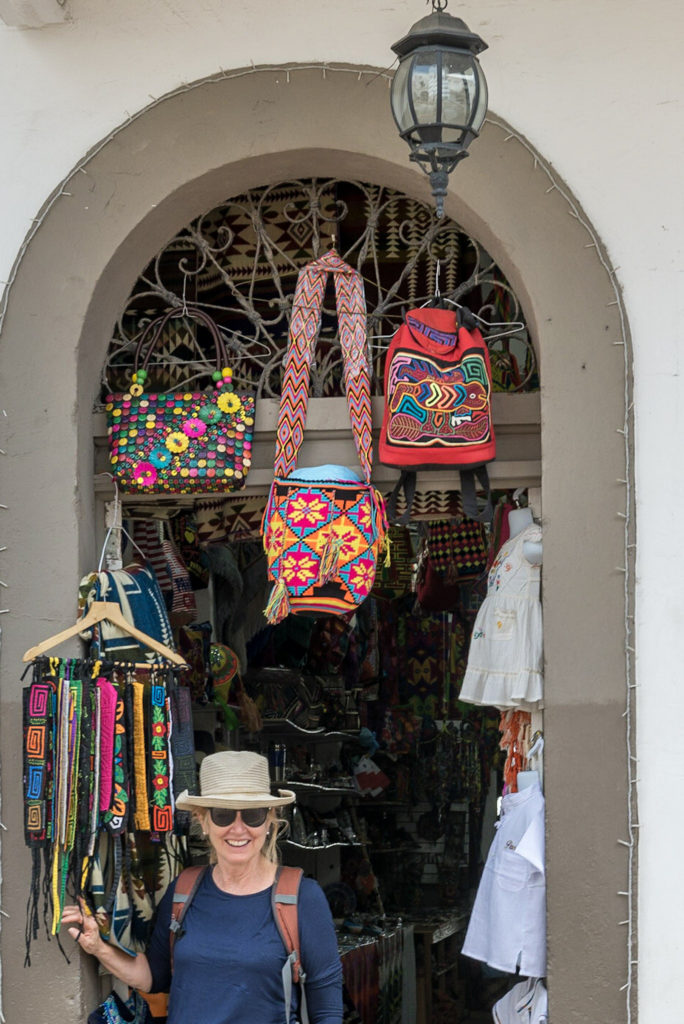
No comments yet.